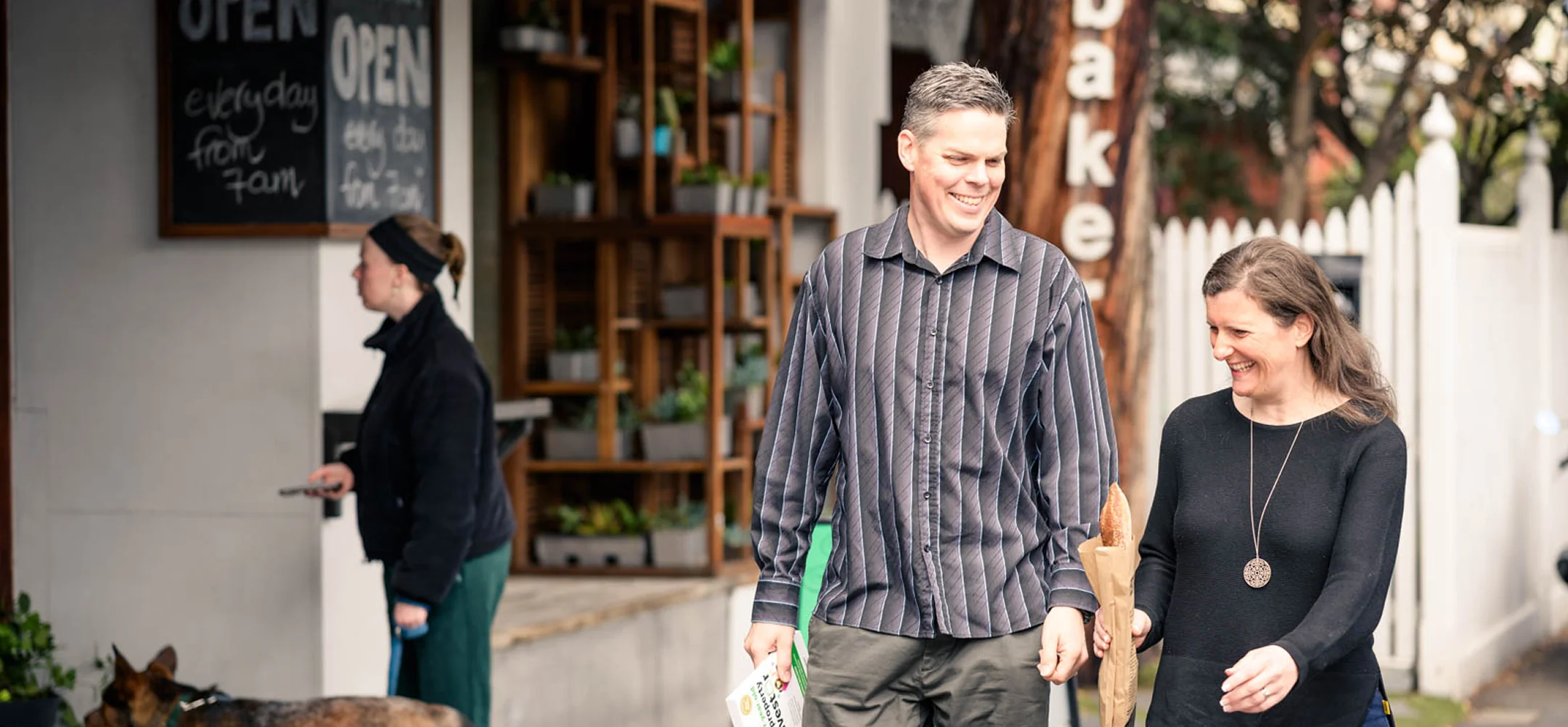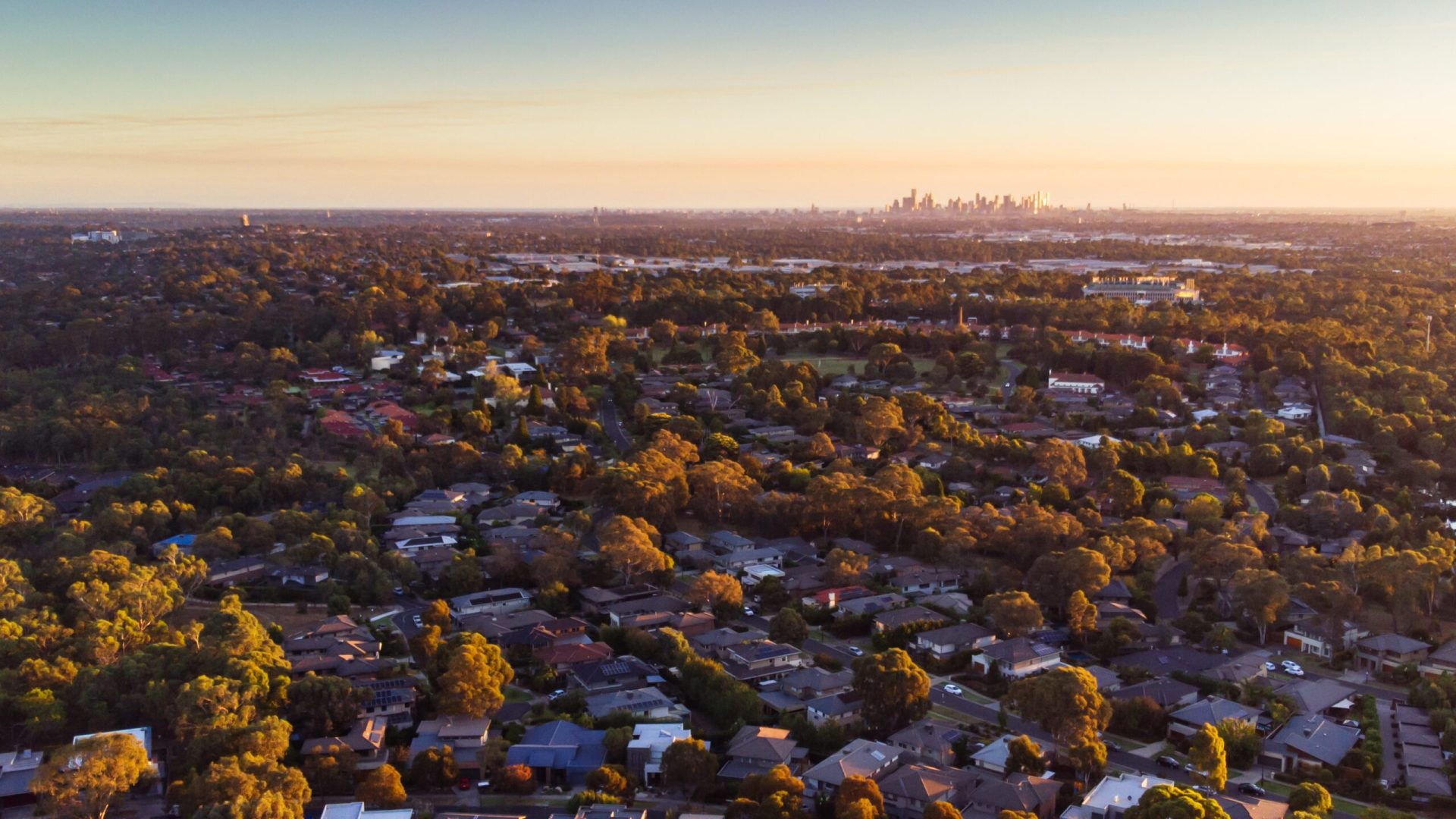Australia’s housing crisis continues to worsen, with South-East Queensland one of the most critically undersupplied markets. To help address the situation, the QLD State Government has initiated the upcoming QLD Housing Summit.
Meanwhile, the Queensland office of the Urban Development Institute of Australia (UDIA) has issued a policy update in advance of the government event.
In a comprehensive submission to the government ahead of the October 20 QLD Housing Summit, the Institute has made eight core recommendations aimed at responding to the fundamental flaws in Queensland’s planning system.
These recommendations caught the eye of OpenCorp CEO, Matthew Lewison.
Three “interesting points” in particular jumped out at Matthew, namely:
- The UDIA estimates that government delays are adding $93k to the cost of each dwelling that gets delivered.
- Red tape and planning constraints are holding up more than 10,000 homes
- The development industry is proposing that QLD adopt a similar structure to the Victorian Government with the Growth Areas Authority (GAA) to help bring planning through in a more orderly and timely fashion.
Matthew says:
“The UDIA (QLD) recommendations are all valid and worthwhile, but the Victorian GAA has not alleviated housing affordability in Melbourne. It’s a better model for coordination of services and sharing costs between developers, but it does not address affordability as the structural issues that constrain land remain.
“The biggest issue is the locking up of potentially developable land through overly conservative zoning, and the mismatch between demand and supply (i.e. Melbourne’s western suburbs has lots of supply, but most demand is in the south-east where there is no supply. The same is true for Queensland). We therefore believe that these recommendations fall short of addressing the immediate housing crisis.
Smart investors know this and use the mismatch to their advantage.
Here at OpenCorp, our goal is to help educate our clients and aspiring investors to better understand the machinations behind Australia’s property market.
We take you beyond the media headlines to try and make sense of the data and trends that move the market.
Bottom line: Australia has a housing crisis, with tenants searching for a new home facing the toughest outlook on record as the national rental vacancy rate holds steady at 0.9 per cent for the third month in a row, new figures show (as reported in the Domain section of The Age – https://www.theage.com.au/property/news/really-really-horrible-grim-pickings-for-renters-as-vacancies-dry-up-20221006-p5bnn9.html).
No question, these historically low vacancy rates continue to have social consequences, including rapidly rising rents, and this is something we should be mindful of for a healthy community.
Nonetheless, rapidly escalating rents are offsetting interest rate rises for investors and we are seeing the early signs of a new market cycle being driven first home buyers that are desperate to get out of the rental market.








